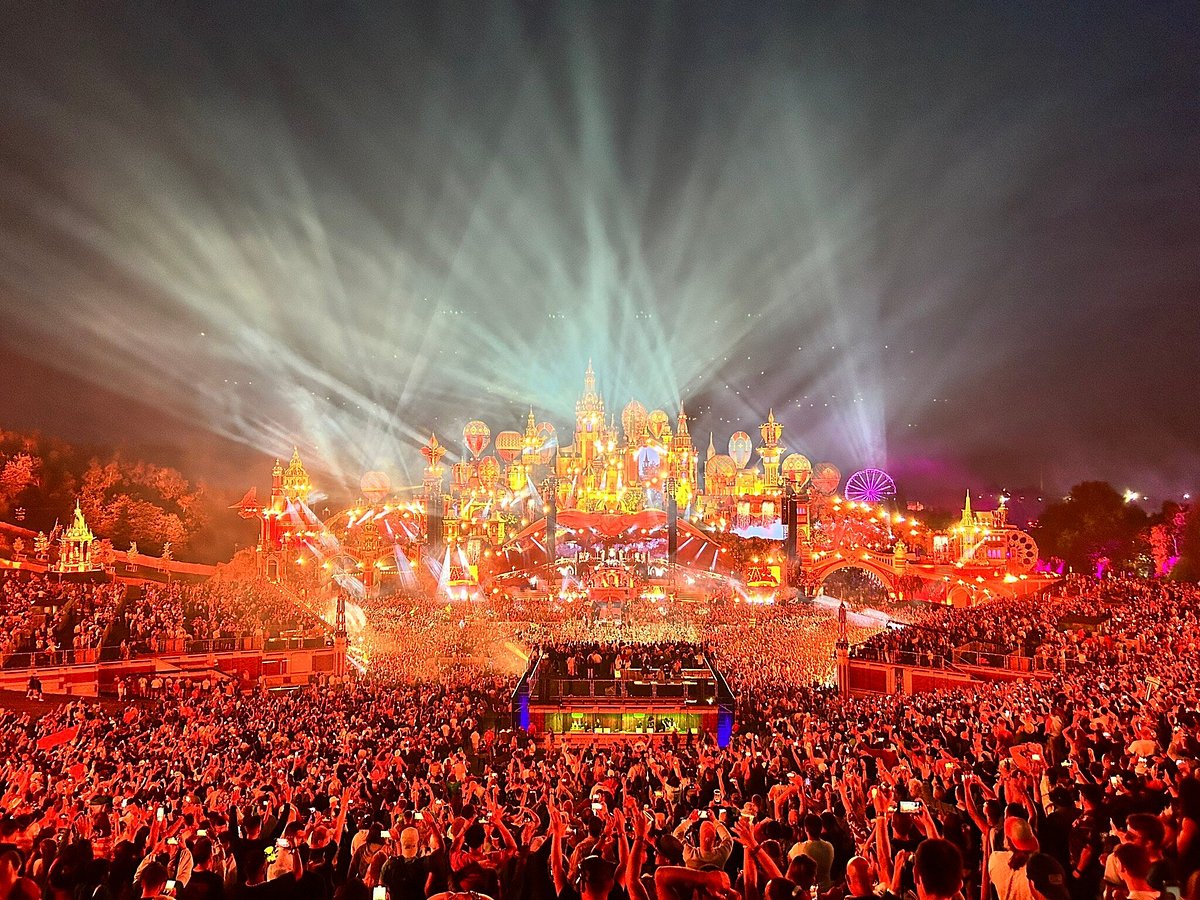Estimated Reading Time: 6 minutes
Key Takeaways
- Transparent communication, narrative building, and community empowerment are crucial during crises.
- Adaptability and effective management can transform bad PR into a loyalty-building opportunity.
- Effective branding and storytelling enhance customer experience and organizational resilience.
Table of Contents
- Epicenter of Euphoria: Tomorrowland by the Numbers
- When the Stage Burned: Crisis Unfolds in Boom
- Reinventing ‘Magic’: How Tomorrowland Rebounded in Real Time
- The Business of Awe: What Keeps Tomorrowland #1?
- Takeaways for Festival Leaders and Creators
Epicenter of Euphoria: Tomorrowland by the Numbers
Ever wonder what it takes to make a festival a global phenomenon? Try a spellbinding mix of myth, muscle, and meticulous logistics.
Tomorrowland is not just a festival, it’s an institution—and the data proves it. Located in Boom, Antwerp, Belgium, Tomorrowland has:
- Welcomed 200,000+ revelers each weekend since hitting its stride (Wikipedia).
- Grown from a local Belgian gathering (2005) to an international pilgrimage—think 199 countries represented, more than the Olympics.
- Been orchestrated by founders Manu and Michiel Beers, who transformed a one-day rave into a multi-weekend marvel.
But even the most meticulously planned spectacle is not immune to chaos.
When the Stage Burned: Crisis Unfolds in Boom
On July 16, 2025—just two days before opening—a massive fire destroyed the main stage at Tomorrowland (USA Today; BBC). The mainstage, famous for its fantasy-like artistry (and budget approaching $1 million per build), was more than a set piece: it was Tomorrowland’s beating heart.
- The incident prompted an immediate statement from festival organizers on Twitter/X:
“IMPORTANT UPDATE: Full safety review and rebuild plan underway. Our community’s magic will not fade.”
- In the hours that followed, tickets, logistics, and artist communications were thrown into uncertainty. Reddit, Instagram, and festival forums blazed with rumors, concern, and solidarity (Reddit; Instagram).
Reinventing ‘Magic’: How Tomorrowland Rebounded in Real Time
Within hours, Tomorrowland’s multi-national crew—carpenters, artists, lighting engineers, and techs—swarmed De Schorre park:
- Emergency permits were secured with local authorities, ensuring non-stop work around the clock.
- Both Belgian and Dutch production teams worked double shifts to create a “Phoenix Stage,” using leftover materials, digital projections, and LED screens salvaged from support venues.
- Artists and headliners, from Martin Garrix to Charlotte de Witte, pledged to play “pop-up” sets anywhere onsite if construction overruns forced improvisation (Tomorrowland Instagram).
- The festival’s legendary community team pushed updates through an app, live streams, and a real-time blog—keeping FOMO fans engaged, not enraged (Facebook).
The Business of Awe: What Keeps Tomorrowland #1?
Tomorrowland’s business model relies on more than ticket revenue:
- Merchandise drops (exclusive collections on the official site) frequently sell out, priced like cult streetwear.
- Licensing deals for livestreams—last year, over 40 million viewers tuned in around the world.
- Permanent brand installations: from the “Paperworld” universe (spun into YouTube content) to fashion collabs and pop-up cafés.
Takeaways for Festival Leaders and Creators
-
Over-communicate, Early and Often
Transparent crisis posts (across socials, app alerts, live video) kept trust high—even among those who lost travel money. -
Build Narrative, Not Just Programming
People remember how you made them feel. Transform obstacles into chapters of your story. -
Empower Your Community
Tomorrowland’s fans rallied to support staff and artists—turn disasters into fan-driven myth. -
Have a Plan B, C, and D
Modular stage design, cross-trained crew, pre-recorded sets, and mobile pop-ups kept music flowing.

